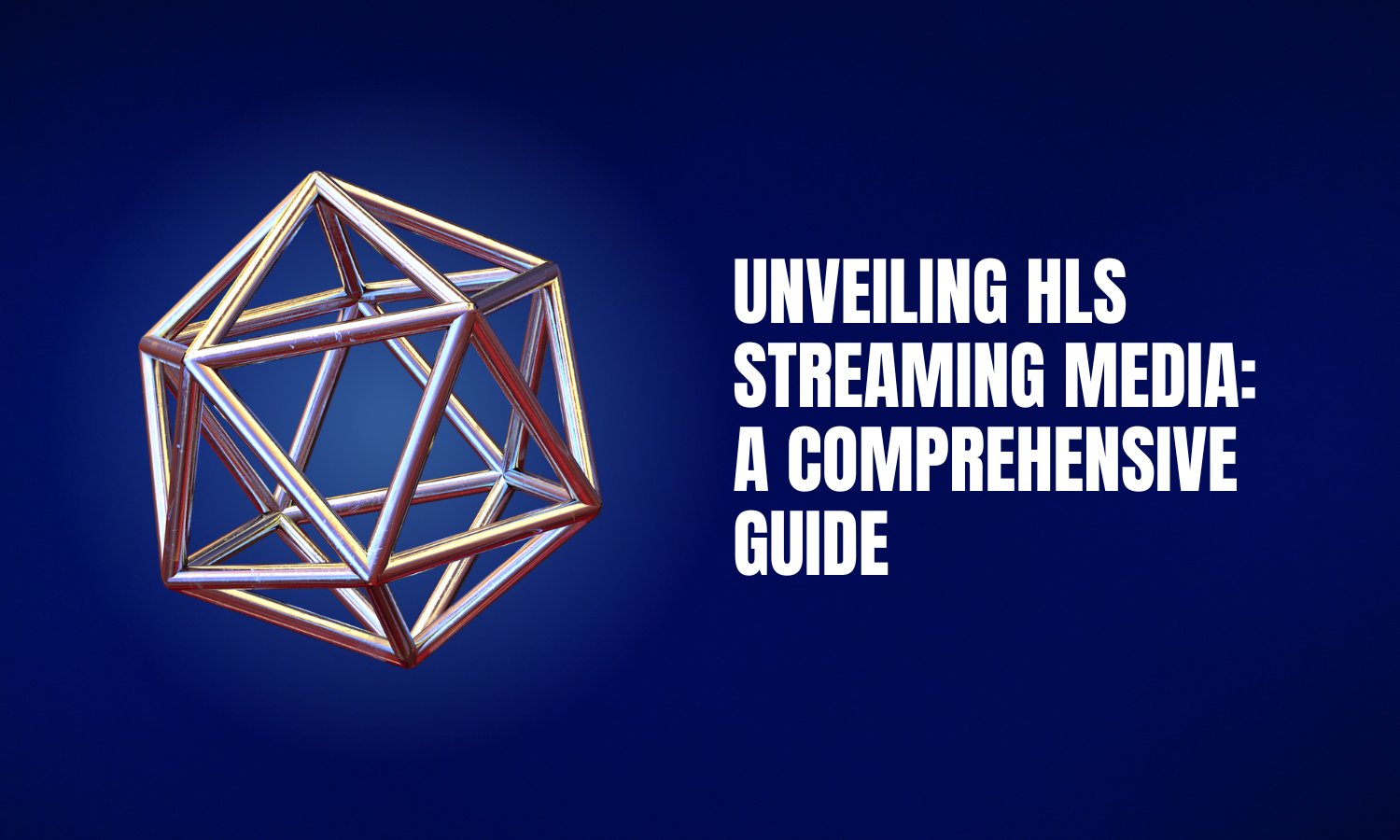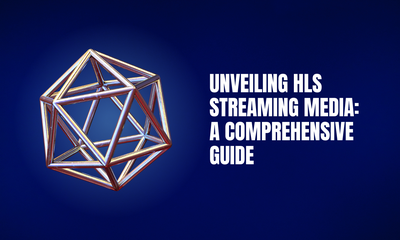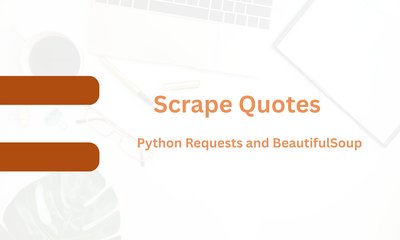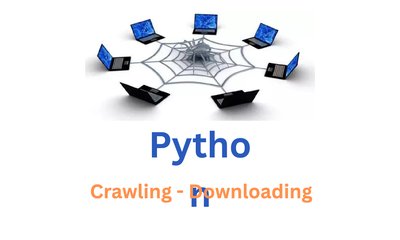Giải mã Phát Trực Tuyến Media HLS: Hướng dẫn toàn diện
By hientd, at: 12:44 Ngày 07 tháng 12 năm 2023
Thời gian đọc ước tính: __READING_TIME__ phút


1. Vấn đề
Đôi khi, bạn muốn thưởng thức nội dung âm thanh hoặc video từ một số trang web cung cấp phương tiện truyền thông thông qua các dịch vụ phát trực tuyến. Mặc dù phát trực tuyến rất tiện lợi để truy cập ngay lập tức, nhưng nó lại gây khó khăn khi bạn muốn xem lại hoặc lưu nội dung để sử dụng sau này. Kết nối lại với trang web thường có nghĩa là nội dung cần được phát trực tuyến lại, đặc biệt là khi bạn muốn nghe hoặc xem ngoại tuyến.
Bài viết này nhằm mục đích đi sâu vào một giao thức phát trực tuyến được gọi là HLS - M3U8, cung cấp cái nhìn sâu sắc về cách hoạt động của nó và hướng dẫn bạn quy trình tải xuống nội dung phương tiện này. Nó nhằm mục đích trao quyền cho bạn khả năng truy cập và thưởng thức phương tiện ưa thích của bạn ngoại tuyến, cung cấp sự hiểu biết toàn diện về công nghệ HLS.
2. Giới thiệu về HLS (HTTP Live Streaming)
HLS, hoặc HTTP Live Streaming, là một công nghệ đột phá đã cách mạng hóa bối cảnh phát trực tuyến phương tiện. Về cốt lõi, HLS khéo léo phân tách nội dung đa phương tiện thành các đoạn nhỏ, dễ quản lý, thay đổi cách chúng ta tiêu thụ phương tiện. Sự phân đoạn này, thường được gọi là phân đoạn, cho phép phân phối liền mạch, cho phép tải xuống nhanh chóng và hiệu quả các phần riêng lẻ này. Các đoạn này được thiết kế thông minh để phù hợp với tốc độ mạng và khả năng của thiết bị khác nhau, tối ưu hóa trải nghiệm người dùng với phát trực tuyến tốc độ bit thích ứng.
Vẻ đẹp của HLS nằm ở khả năng thích ứng của nó, một tính năng đảm bảo phát lại không bị gián đoạn ngay cả trong điều kiện mạng biến động. Nó tự động điều chỉnh chất lượng và độ phân giải của nội dung theo thời gian thực, đáp ứng thông số kỹ thuật của thiết bị người xem và băng thông khả dụng. Tính linh hoạt này đảm bảo trải nghiệm xem luôn mượt mà, cho dù người dùng đang sử dụng kết nối internet tốc độ cao hay băng thông hạn chế hơn. Bản chất của HLS không chỉ nằm ở khả năng phân chia nội dung thành các thành phần nhỏ hơn, có thể tải xuống mà còn ở trí thông minh bẩm sinh của nó để đáp ứng nhu cầu cụ thể của từng người xem.
Để hiểu rõ hoạt động bên trong của HLS, hãy hình dung quy trình như một loạt các bước được dàn dựng để đảm bảo phân phối phương tiện liền mạch. Ban đầu, nội dung phương tiện được phân đoạn thành các phần riêng biệt, mỗi phần bao gồm một phần nhỏ của toàn bộ tệp video hoặc âm thanh. Các đoạn này, được định nghĩa bởi tệp biểu hiện chính (M3U8), về cơ bản hoạt động như các khối xây dựng lắp ráp trải nghiệm phương tiện hoàn chỉnh. Thông qua một thuật toán thông minh, trình phát hoặc máy khách HLS truy xuất các đoạn này dựa trên điều kiện mạng hiện tại và khả năng của thiết bị, tự động điều chỉnh chất lượng phát lại để đảm bảo trải nghiệm xem được cá nhân hóa, không bị gián đoạn cho người dùng.
3. Phương pháp tải xuống phương tiện HLS
Khi nói đến việc tải xuống phương tiện HLS, có nhiều phương pháp mà người dùng có thể khám phá, mỗi phương pháp đều có những ưu điểm và hạn chế riêng:
-
Tiện ích mở rộng trình duyệt: Một phương pháp thuận tiện liên quan đến việc cài đặt tiện ích mở rộng trình duyệt như Live Stream Downloader (có sẵn tại Cửa hàng Chrome Web). Phương pháp này đơn giản hóa quá trình lấy nội dung HLS trực tiếp thông qua giao diện trình duyệt của bạn, cung cấp các tương tác thân thiện với người dùng. Tuy nhiên, các tiện ích mở rộng này có thể bị hạn chế về chức năng hoặc khả năng tương thích với một số trang web.
-
Sử dụng FFMPEG: Một tùy chọn mạnh mẽ khác là tận dụng FFMPEG, một khung đa phương tiện đa năng. FFMPEG cung cấp các khả năng dòng lệnh cho phép người dùng tương tác lấy phương tiện HLS. Phương pháp này cho phép tùy chỉnh và kiểm soát nhiều hơn đối với quá trình tải xuống. Tuy nhiên, nó yêu cầu người dùng quen thuộc với giao diện dòng lệnh và có thể liên quan đến đường cong học tập dốc hơn đối với người mới bắt đầu.
-
Viết kịch bản Python: Hơn nữa, những người đam mê viết kịch bản có thể khám phá lĩnh vực Python. Phần tiếp theo sẽ đi sâu hơn vào phương pháp này, làm rõ quá trình khai thác Python để tải xuống phương tiện HLS hiệu quả. Python cung cấp tính linh hoạt và khả năng tạo các kịch bản tùy chỉnh phù hợp với các yêu cầu cụ thể. Tuy nhiên, cần có kỹ năng lập trình Python, điều này lý tưởng cho những người dùng thoải mái với các ngôn ngữ lập trình.
Mỗi phương pháp đều có những ưu điểm và cân nhắc riêng, đáp ứng sở thích và khả năng kỹ thuật khác nhau. Khám phá những phương pháp đa dạng này mở ra những khả năng cho người dùng để thuận tiện có được nội dung phương tiện HLS theo sự thoải mái và sự quen thuộc của họ với các công cụ và ngôn ngữ lập trình khác nhau.
4. Tải xuống phương tiện HLS bằng Python
Bước 1: Cài đặt các thư viện cần thiết
Đảm bảo bạn đã cài đặt các thư viện Python cần thiết. Bạn sẽ cần thư viện requests cho các yêu cầu HTTP, ffmpeg-python để xử lý đa phương tiện, cryptography để giải mã (nếu cần) và m3u8 để phân tích cú pháp các tệp M3U8.
Cài đặt các thư viện thông qua pip:
pip install requests ffmpeg-python cryptography m3u8 Bước 2: Lấy tệp M3U8
Truy xuất tệp M3U8 (danh sách phát chính) từ nguồn HLS bằng requests.
import requests url = "URL_TO_MASTER_PLAYLIST.m3u8" # Thay thế bằng URL thực tế của danh sách phát chính
response = requests.get(streaming_url)
if response.status_code == 200:
m3u8_content = response.text
else:
print("Không thể lấy tệp M3U8")Bước 3: Phân tích cú pháp và trích xuất URL đoạn
Sử dụng gói m3u8 để phân tích cú pháp nội dung M3U8 và trích xuất URL đoạn.
from m3u8 import M3U8 parser = M3U8()
parser.read(m3u8_content)
segment_urls = parser.segments.uriBước 4: Giải mã nội dung đoạn (Tùy chọn)
Thực hiện logic giải mã dựa trên thông tin mã hóa được trích xuất từ tệp M3U8.
# Giải mã các đoạn nếu có thông tin mã hóa
# Bước này liên quan đến việc xử lý khóa mã hóa và giải mã các đoạn (việc triển khai cụ thể khác nhau)
# Ví dụ:
# key = ... # Trích xuất khóa từ tệp M3U8
# iv = ... # Trích xuất IV (Vecto khởi tạo) từ tệp M3U8# cipher = Cipher(algorithms.AES(key), modes.CBC(iv), backend=default_backend())# decryptor = cipher.decryptor()# decrypted_segment = decryptor.update(encrypted_segment) + decryptor.finalize()Bước 5: Tải xuống các đoạn HLS
Tải xuống các đoạn HLS bằng cách sử dụng URL đoạn đã trích xuất.
# Lặp lại qua các URL đoạn và tải xuống mỗi đoạn
for segment_url in segment_urls:
segment_response = requests.get(segment_url)
if segment_response.status_code == 200:
# Lưu đoạn cục bộ (điều chỉnh tên tệp và lưu trữ nếu cần)
with open("segment_file.ts", "wb") as segment_file:
segment_file.write(segment_response.content)
else:
print(f"Không thể tải xuống đoạn: {segment_url}") Bước 6: Ghép các đoạn (Tùy chọn)
Ghép các đoạn đã tải xuống bằng FFMPEG để tạo một tệp video hoặc âm thanh duy nhất.
import subprocess
# Ví dụ ghép các đoạn bằng FFMPEG
subprocess.call('ffmpeg -i "concat:segment1.ts|segment2.ts" -c copy output.mp4', shell=True) Bước 7: Xử lý lỗi và tùy chỉnh
Đảm bảo xử lý lỗi đối với các tải xuống không thành công, tùy chỉnh quy ước đặt tên tệp và điều chỉnh kịch bản dựa trên cấu trúc HLS, phương pháp mã hóa và yêu cầu của máy chủ.
Hướng dẫn này cung cấp một phác thảo để tải xuống phương tiện HLS bằng Python, bao gồm việc phân tích cú pháp các tệp M3U8, trích xuất URL đoạn bằng gói m3u8, tải xuống các đoạn và tùy chọn ghép chúng bằng FFMPEG.
Mã nguồn đầy đủ:
Vui lòng kiểm tra liên kết này
5. Kết luận
Tóm lại, phát trực tuyến HLS là một công nghệ biến đổi, mang lại những lợi ích vô song trong lĩnh vực tiêu thụ phương tiện. Bản chất thích ứng của nó đảm bảo trải nghiệm xem liền mạch, dễ dàng điều chỉnh chất lượng và độ phân giải dựa trên điều kiện mạng và khả năng của thiết bị. Python, với tính linh hoạt và các thư viện mạnh mẽ của nó, làm tăng thêm khả năng truy cập này, trao quyền cho người dùng dễ dàng khai thác nội dung HLS. Thông qua khả năng của Python, người dùng có được quyền tự do khai thác sức mạnh của phát trực tuyến HLS, cho phép truy cập thuận tiện vào nội dung phương tiện với sự dễ dàng vô song.
6. Tài liệu tham khảo
-
Tài nguyên phát trực tuyến HLS:
-
Thư viện và hướng dẫn Python:
-
Công nghệ phát trực tuyến và phương tiện:
-
Python và xử lý đa phương tiện:
Những tài nguyên này cung cấp thông tin chi tiết, hướng dẫn, tài liệu và cập nhật về phát trực tuyến HLS, các thư viện Python để xử lý đa phương tiện và các khía cạnh khác nhau của công nghệ phát trực tuyến phương tiện. Chúng có thể đóng vai trò là tài liệu tham khảo có giá trị để khám phá và học hỏi thêm.





